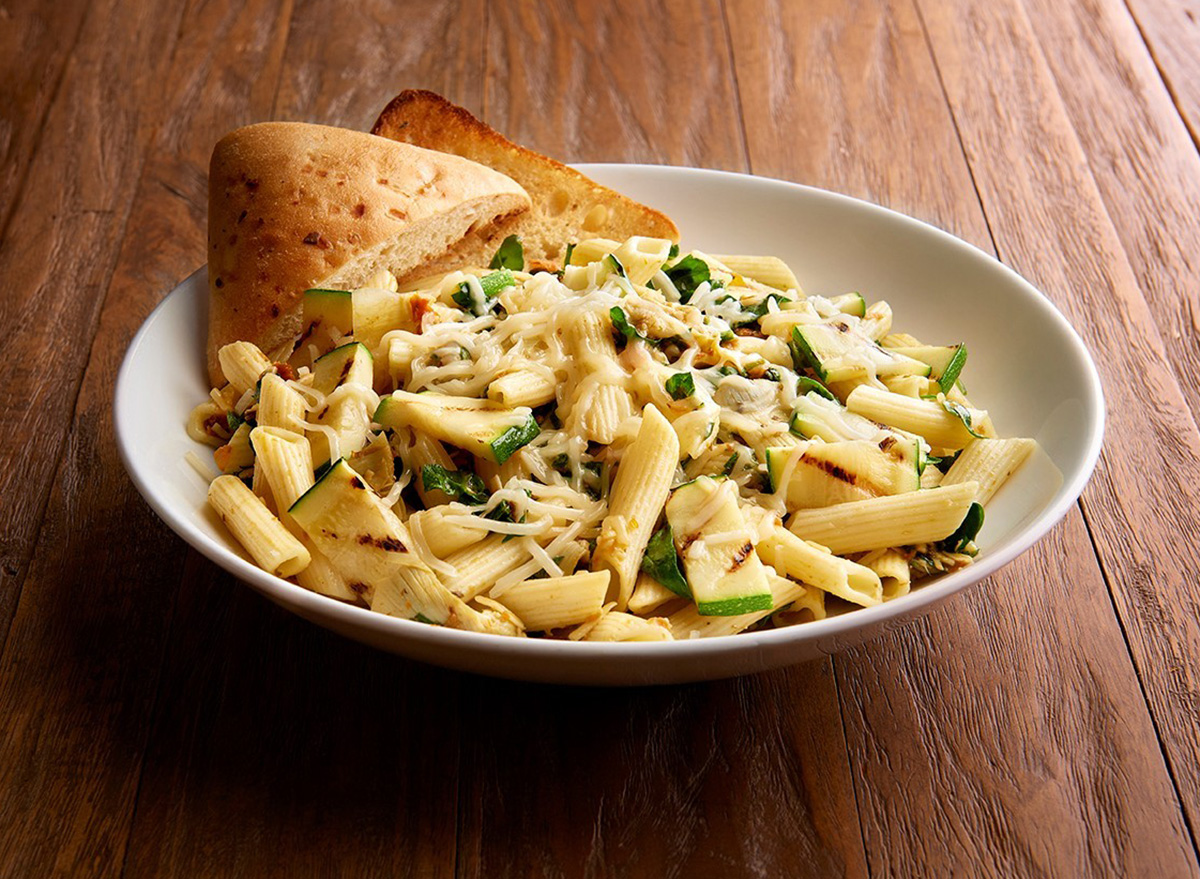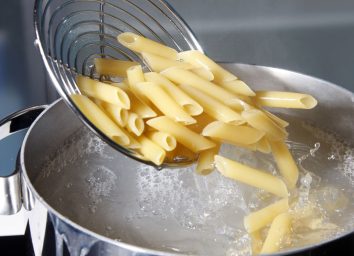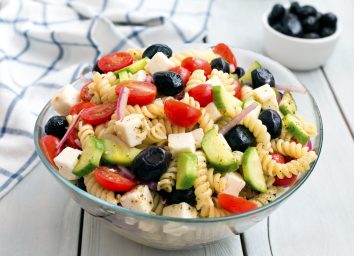The Secret Reason Why Different Shaped Pastas Taste Differently
Which pasta-style did you prefer when you were a cheesy, carb-craving kiddo: shells or elbows? Odds are you fell solidly in one camp or the other, and heated debates across the Internet prove that many people have very strong opinions about which noodle is number one.
But is there really a difference in flavor between different pasta shapes?
“Pastas in varying shapes should taste similar if cooked correctly. An off-the-shelf dry pasta can taste different than a fresh restaurant-made pasta, but that’s not due to the cut,” says Miles Mitchell, chief academic officer, and corporate executive chef at Auguste Escoffier School of Culinary Arts in Chicago, Illinois.
Basically, shape matters little, but it’s the ingredients that matter a lot. Morgan Bolling, senior editor of Cook’s Country Magazine (a part of America’s Test Kitchen) in Boston, Massachusetts, concurs.
“Dried and fresh pastas likely taste a bit distinct since fresh pasta often contains eggs. Similarly, with egg noodles, soba noodles, or rice noodles, you’ll notice different flavors due to divergent ingredients,” Bolling says. “Any other differences in taste sensation are more about how they absorb the sauce they’re cooked in or topped with.”
So it doesn’t really come down to different types of pasta having different tastes, as it’s more to do with the sauce you choose to pair the noodles with that seems to change the actual flavor of the pasta. That settles a big debate now, doesn’t it?
A general rule of thumb from Ronnie Schwandt, executive chef at Maretalia and Leroy’s Kitchen + Lounge in Coronado, California: “Use thinner and smoother pastas when using lighter sauces and ingredients. For a heartier and more robust preparation, thicker and ridged pastas are more appropriate.”
To maximize your pasta pleasure (the average American scoops or slurps up about 20 pounds per year!), follow these shape and sauce combination tips from the pros below that make the most of every shape. Plus, don’t forget to check out which store-bought noodles are the best, according to the experts—Italian chefs themselves.
The best pasta and sauce pairings:
Linguine
“The word linguine means ‘little tongues’ in Italian. It’s flatter than spaghetti, but not as wide as fettuccine, so it absorbs lighter sauces well and can hold mix-ins in place,” Bolling says. Try it tossed with pesto or a white wine and olive oil clam sauce.
Spaghetti
While Schwandt prefers sticking to the classic pairing of spaghetti Bolognese, Bolling thinks its uses stretch far beyond slow-cooked sauces. “I’d argue this is the most versatile pasta. It’s thick enough that it doesn’t get lost in meat sauces, but it is also thin enough that it can go with a quick olive oil sauce. I love marinara with spaghetti since it soaks up the rich tomato flavor. But I also love aglio e olio, which is essentially just extra-virgin olive oil, garlic, and red pepper flakes,” she says.
Penne or Rigatoni
Ragus and chunky vegetable-based sauces are stellar with tubular noodles, Mitchell says. “Match the hollow in the pasta to the size of the components in the sauce so it captures them and provides a burst of full flavor.” Bolling agrees and adores “meaty ragus with large shreds of beef or pork, or a pasta salad dressed with a vinaigrette, but packed with peas and feta.”
Macaroni
“Every American knows elbow pasta is for mac and cheese. It also works well in baked pastas,” Schwandt says. While some appreciate the nostalgic connection, Mitchell finds it to be challenging. “I tend to avoid elbows because of their association with macaroni and cheese. It makes it hard to take a sophisticated sauce seriously when you pair it with elbow pasta,” he says. “Considering there are over 300 pasta shapes, I prefer to rely on other varieties.”
Farfalle
Thick and wide, bowtie pasta can stand up to chunks of vegetables and other sturdy mix-ins. “I like matching it with other ingredients about the same size. For example, an oil-based pasta sauce with big chunks of asparagus or a lightly creamy sauce with sauteed mushrooms,” Bolling says. Mitchell also enjoys them with creamy sauces, which nestle in nicely at the pinched center of the bowtie.
Orecchiette
The little ear-shaped pasta “are great with cream sauces and spring vegetables such as fresh green peas,” Mitchell says. You can also toss them in soups and stews to catch smaller ingredients like peas and diced carrots in the cup-shaped side.
Pappardelle
“This shape can be a little harder to find at the grocery store based on where you live, but these long, wide noodles hold on to sauce really well,” Bolling says. “As a general rule, the thicker the pasta, the more it can hold up to a bulky, creamy sauce.” Try a rich partner such as Alfredo or a tomato-vodka cream sauce.
Orzo
Nope, it’s not rice. This short, grain-shaped pasta is a nice subtle addition to other recipes, according to Bolling. “Small cuts like orzo and ditalini [small rings] are delicious in soup and give bulk without taking over,” she says.
And after trying out all these dishes, now it’s time to dive into all of the many ways to use leftover pasta sauce! Our love of pasta never ends.









